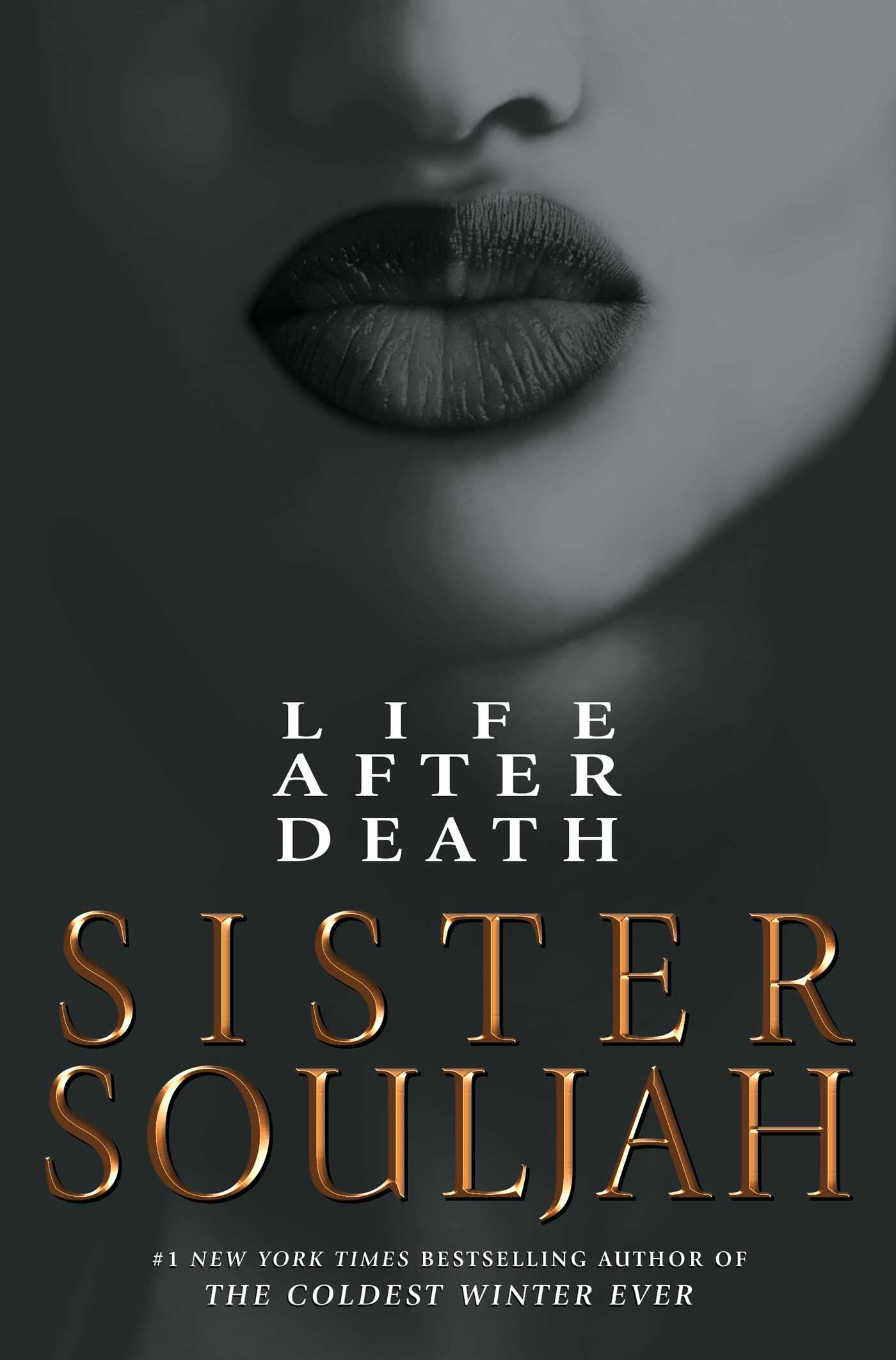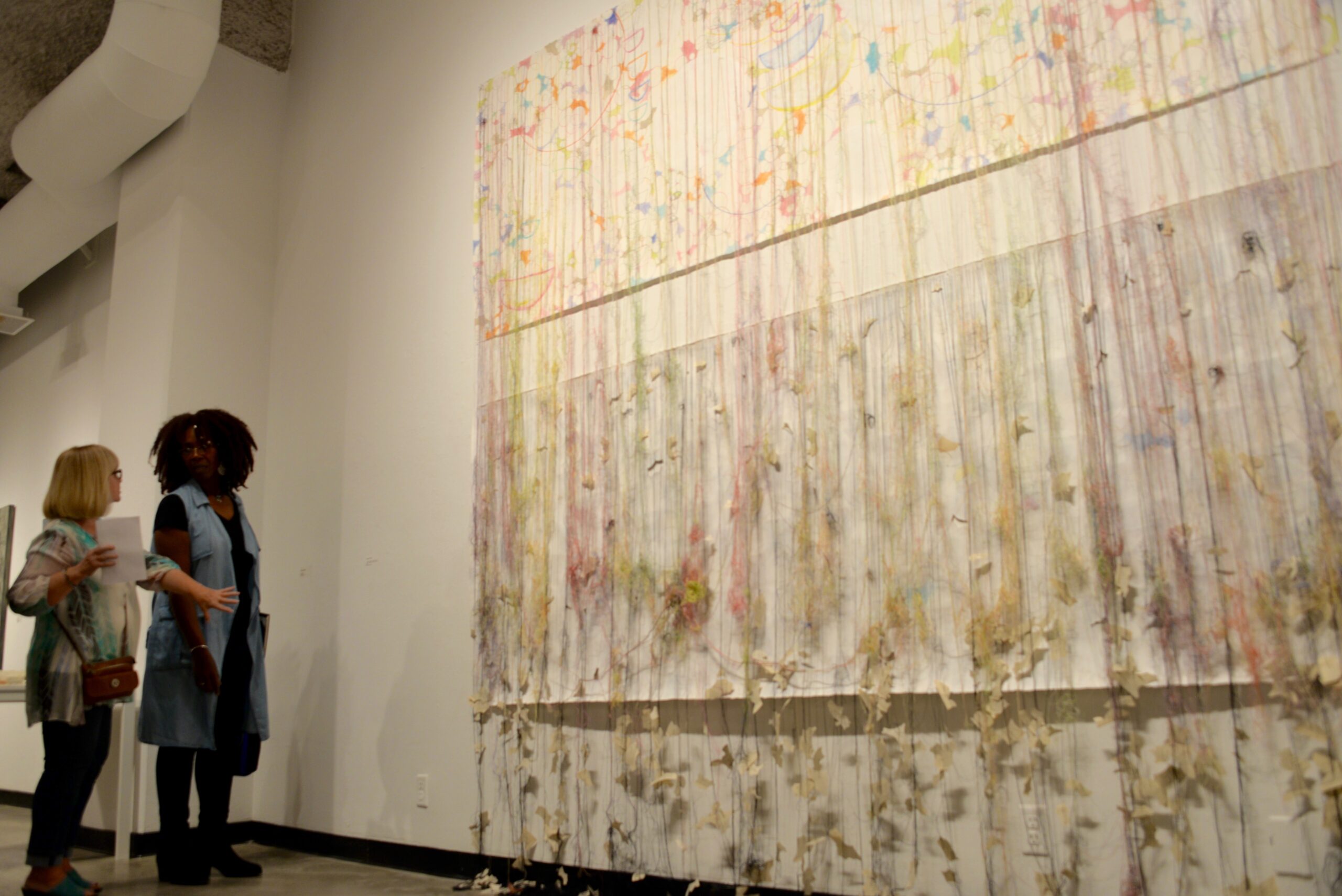
By Lafie Bradford, Staff Reporter
The nonfiction novel, “Life after Death,” written by Sister Souljah, dragged out and wasn’t at all what I expected. It took too long to get to the point. I was expecting this novel to be like the first book in the series, “The Coldest Winter Ever,” which was exciting and thrilling. I have so much respect for this author and everything that she stands for in the Black community. Every book that she has ever written has been nothing but educational, enlightening, and inspiring.
Souljah’s writing is a product of the stylistic representations of the Harlem Renaissance. She is also a Black activist for women in media and involved in various civil rights movements. A common theme throughout all of her books is her ability to elicit strong characters through the intersection of Black womanhood and familial ties.
However, I had high expectations for this sequel. I feel as if this was Souljah’s best writing, but I didn’t want to finish it.
After a 20-year hiatus, “Life After Death,” a sequel to “The Coldest Winter Ever” picks up right where it left off. Winter Santiaga is surviving the emotional trauma of being incarcerated for 15 years for a crime that she didn’t commit. She returns to Brooklyn to start fresh, but the city is not how she left it. Now, she’s figuring out a new lifestyle.
Since she has not stepped foot on the “streets” in 15 years, there are new street codes, but she adapts nonetheless. While in prison, Santiaga has a biography written about her life that gains popularity and even creates her own fanbase.
Not long after, she is approached by her brother-in-law to film a documentary to shed some light on her past. Santiaga renounced his pitch in the beginning as it would highlight and sensationalize her spoiled, materialistic, and troubled former lifestyle instead of showing her true nature.
In order to sweeten the deal, her brother-in-law then counteroffers her with $800,000 dollars and a chance of a lifetime—the opportunity to get her father out of jail (who was sentenced for life). She accepted the deal and then was released.
However, upon being released she suddenly gets shot. She walks around some place that she believes to be Heaven and goes on about how she is legendary and can’t believe that she is dead. After that, I put the book down because I was done.
I was so confused with where the plotline was going that I couldn’t continue reading it.
I thought it was going to be extremely hard to put down but not exactly. “Life after Death” left me wanting to put the book down and shove it away. It didn’t send chills down my spine or enlighten my intellect as a Black woman. I had such fondness for the first book as a teenager, so much that I wanted to be Santiaga myself.
She was a fly girl and everyone’s favorite. She had everything. She was beautiful, smart, young, and everything a young reader wanted to be because she considered herself to be untouchable. She also had a crush named Midnight and how she described him made every reader want to see them together or have a crush on him with her. That book was amazing and an absolute good read. This new one? Not so much.
It will take some time to read “Life After Death,” only because the plot is muddled, and it’s hard to determine what exactly is happening in the chapters and it dispels my drive to want to know more.
I recommend this book to those who love to read and don’t mind sitting through long periods of fluff to get to the point and for those who have a lot of time on their hands. One must know that the grade on this book is a 6 out of 10.


